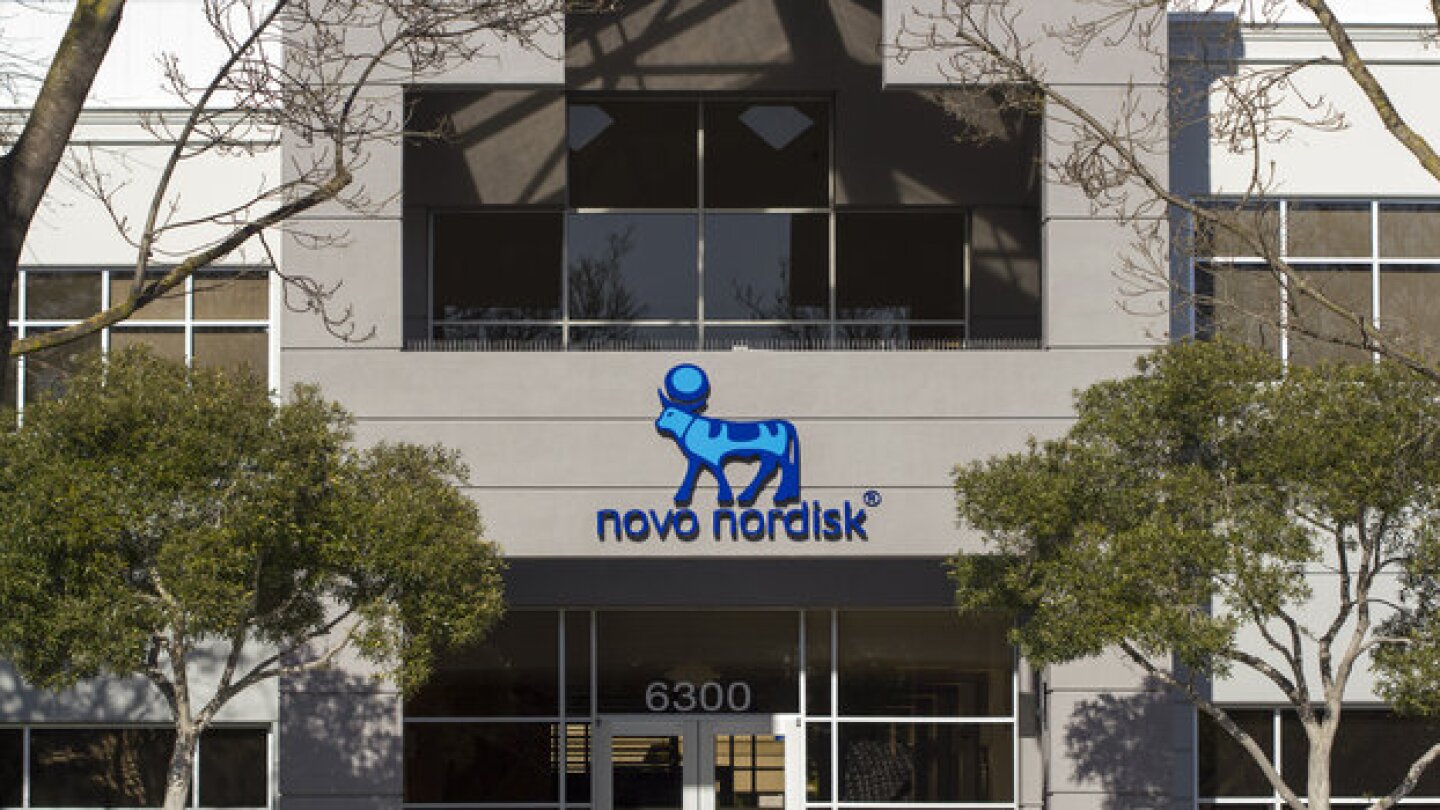Metabolic disorders
President Joe Biden and Sen. Bernie Sanders in a Tuesday op-ed in USA Today called on Novo Nordisk and Eli Lilly to “stop ripping off Americans” with “unconscionably high prices” for their GLP-1 medicines.
Eli Lilly, Rivus Pharmaceuticals and more target different biological processes in hopes of generating higher-quality weight loss and avoiding metabolic issues.
Zealand Pharma is looking to build on last week’s positive Phase Ib trial results by raising around $1 billion in a public offering, with the proceeds being used to advance its obesity candidates.
Novo Nordisk on Monday announced it is boosting its manufacturing capabilities with a $4.1 billion commitment to construct a second fill and finishing facility in Clayton, North Carolina.
Data showed that Eli Lilly’s Zepbound could resolve obstructive sleep apnea in at least 43% of patients, solidifying the pharma’s case for label expansion.
Altimmune’s obesity candidate pemvidutide strongly preserved lean muscle mass, with fat accounting for more than 78% of weight lost by participants in a Phase II study.
Novo Nordisk’s Wegovy elicited greater weight loss in women than in men with heart failure, according to data presented Sunday at the American Diabetes Association’s 2024 Scientific Sessions.
Zealand Pharma’s petrelintide cut body weight by more than 8% on average, with a good overall safety and tolerability profile.
Eli Lilly on Thursday said it is again suing spas and clinics over compounded and counterfeit forms of tirzepatide, the active ingredient in blockbusters Mounjaro and Zepbound, which the pharma says can cause harmful side effects.
Novo Nordisk CEO Lars Jørgensen has agreed to appear before the Senate health committee in a hearing on the prices of its blockbuster drugs Ozempic and Wegovy.
PRESS RELEASES









